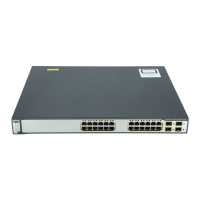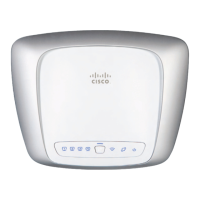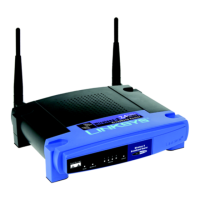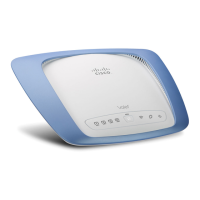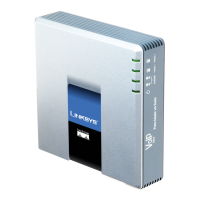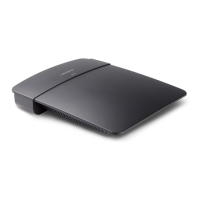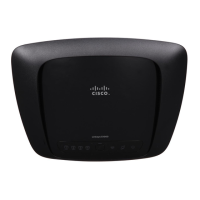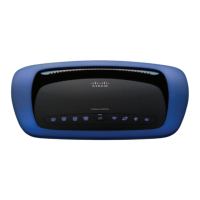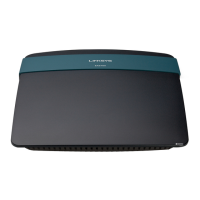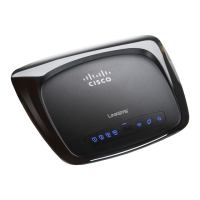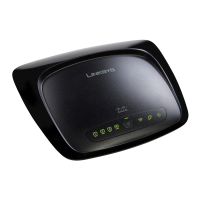For vehicle installations, it is required to connect the Ignition Input (IGN), and use the Ignition Power
Management feature of the router. This will eliminate unnecessary power cycling of the router whenever the
vehicle is turned off and then turned back on.
Important
Digital I/O Specifications
Digital Input and Output Specifications are described in the following tables.
Table 10: Digital Input Specification
UnitMaximumMinimumSpecification
Volts602.2Input Voltage High
Volts1.2-Input Voltage Low
mA0.68mA-Input Current
Current is flowing out of the terminal although it is an input, i.e. sourcing. The current is flowing in the terminal
for the output, i.e. sinking.
Note
Table 11: Digital Output Specification
NotesUnitMaximumMinimumSpecification
No external voltage applied.Volts2.5Output Voltage High
No external voltage applied.Volts0.4-Output Voltage Low
Ohms1K – 1%1K – 1%Internal Pull-up Resistance
Volts3-Internal Pull-up Voltage
External resistance required to limit current to 200mA.Volts603.3External Pull-up Voltage
mA200Sink Current
Controller Area Network (CAN) Bus Features
The following are some of the characteristics of the CAN Bus:
• CAN Bus enables the ECU (electronic control unit) in a vehicle to communicate with all other ECUs
• Consists of two wires, CAN bus High and Low supporting data rate up to 1 Mbs
Cisco Catalyst IR1800 Rugged Series Router Hardware Installation Guide
61
Digital I/O, Ignition, and CAN Bus Connectivity
Digital I/O Specifications
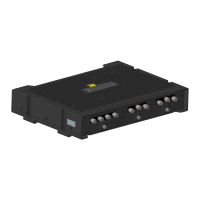
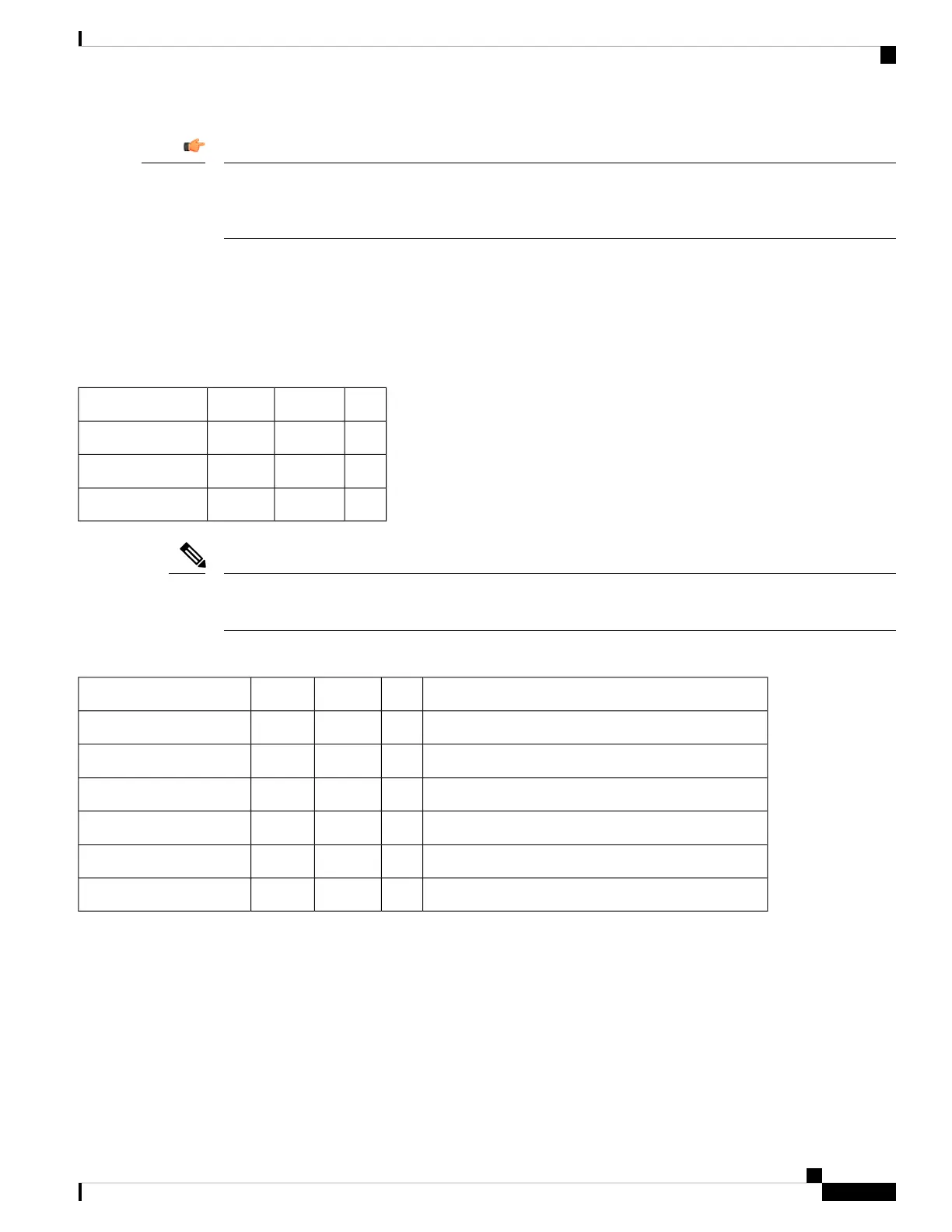